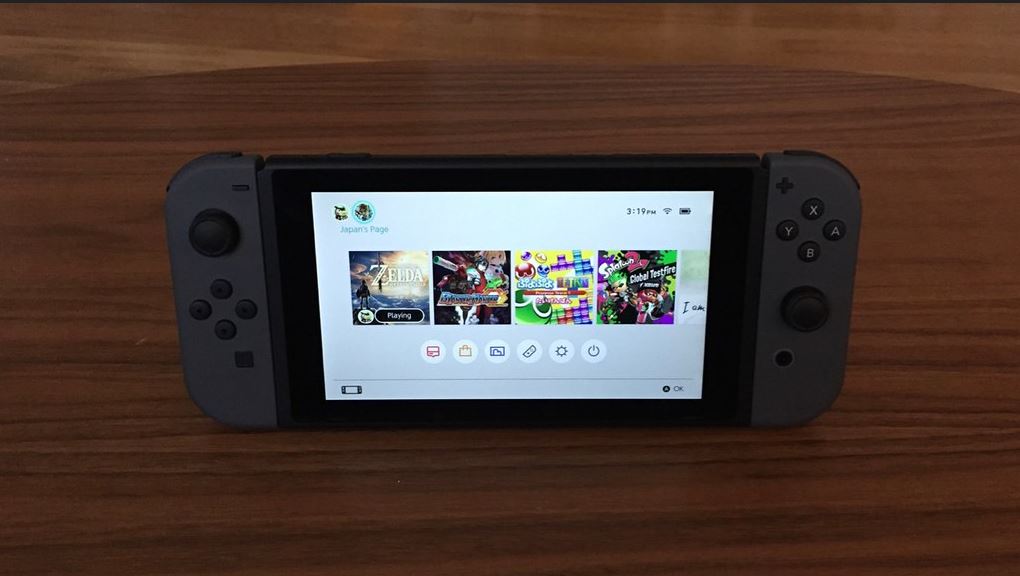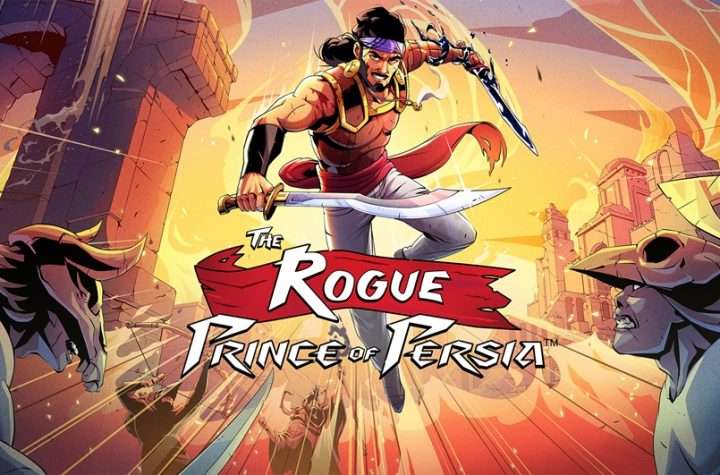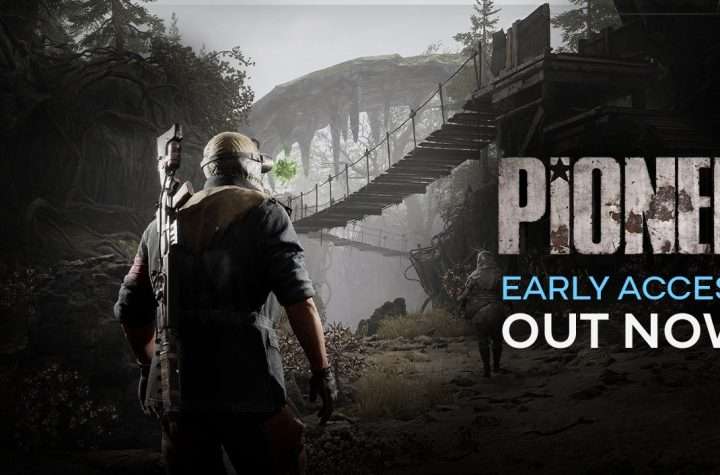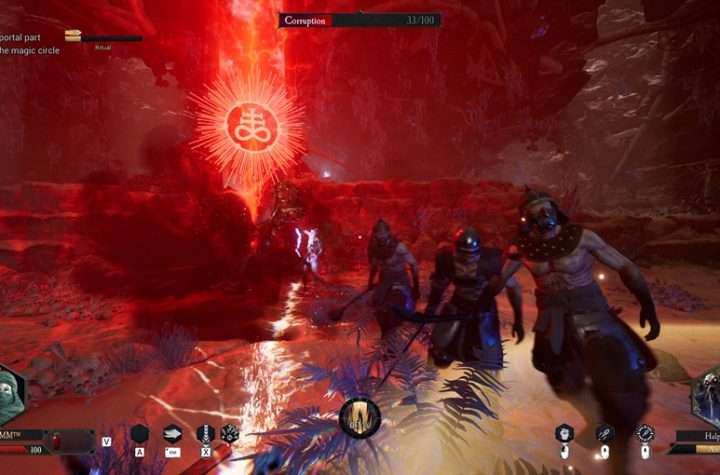When Dying Light was first released back in 2015 it was quickly regarded as one of the best games in the horror genre. Involving parkour, horror, and a surprisingly interesting and detailed world, Dying Light was everything Dead Island promised to be, except it actually followed through. Enormously well-received and met with constant updates, Dying Light stood the test of time like few others, and now it’s coming to Switch.
A Witcher Worthy Port
As with The Witcher 3 port to Switch in 2019, moving Dying Light to the humble hardware was a move many gaming spectators thought impossible. While some more complicated linear games could make this leap to the handheld system, open-world titles like Dying Light are another beast entirely. Streaming out the enormous number of assets required by a fully open world puts immense stress on the CPU, and the same could be said about graphical effects on the GPU. Compromises would have to be made, but as the interactive entertainment industry has repeatedly shown, a little ingenuity can go a long way.
Achieving a Lofty Goal
There are occasions in interactive entertainment were making a port to mobile systems can be achieved without downgrading the visual experience. This is perhaps best illustrated by efforts like those in the NJ online casino industry. Originally designed for desktops, playing these games begins by comparing the ratings of different websites, as well as their special offers like deposit bonuses and free spins. From here, the users jump into the games, which were again originally built with desktops in mind. Both sides of this equation required substantial redesigns to operate well on mobile, and this was a feat seemingly easily achieved.
If these games could do it, then why couldn’t Dying Light? Well, because Dying Light is extremely punishing on hardware, where even powerful PCs at the time of launch struggled to run the title well. Pushing it to the lower-powered Switch would prove to be a Herculean effort, though, with an expert understanding of the system’s limitations, it was possible.
On all consoles at launch, Dying Light operated at 30 FPS. This meant that the Switch version didn’t need to aim for the near-impossible 60 FPS PC standard. The Switch also has a much smaller screen than a PC monitor or TV, so Dying Light on the system didn’t need to achieve the same pixel density. It also didn’t need to operate with as high of a level of detail bias, so higher-quality models could be swapped in closer to the character without the player noticing, and that’s just the beginning.
The Switch version could get away with lower shadow resolution, weaker anti-aliasing, and decreased anisotropic filtering. Texture quality was reduced, as was water fidelity, reflections, and particle effects. Practically every setting that could be lowered without affecting the gameplay was, but because the changes were so perfectly measured, they didn’t harm the game’s fun.

At its core, Dying Light on the Switch is the same great experience as it is on other systems. It still has the same number of zombies, it still has great controls, and it’s still terrifying when the sun goes down. Like The Witcher 3 or Doom Eternal, it’s a strong reminder of what a great team can push the Switch to do, and it gives us a lot of hope for the future of the ageing console. The only real question left is, how will Dying Light on the Steam Deck measure up in comparison?
I'm a published author and proud US Army veteran who happens to be a gamer, so I decided to combine the two and love every minute of it! Feel free to contact me with any questions or comments and I'll be sure to get back to you.





More Stories
Nintendo Download Update (December 18, 2025)
TMNT: Splintered Fate is Heading to Nintendo Switch 2
Nintendo Download Update (Dec. 4, 2025) – Metroid Prime 4: Beyond Now Available!